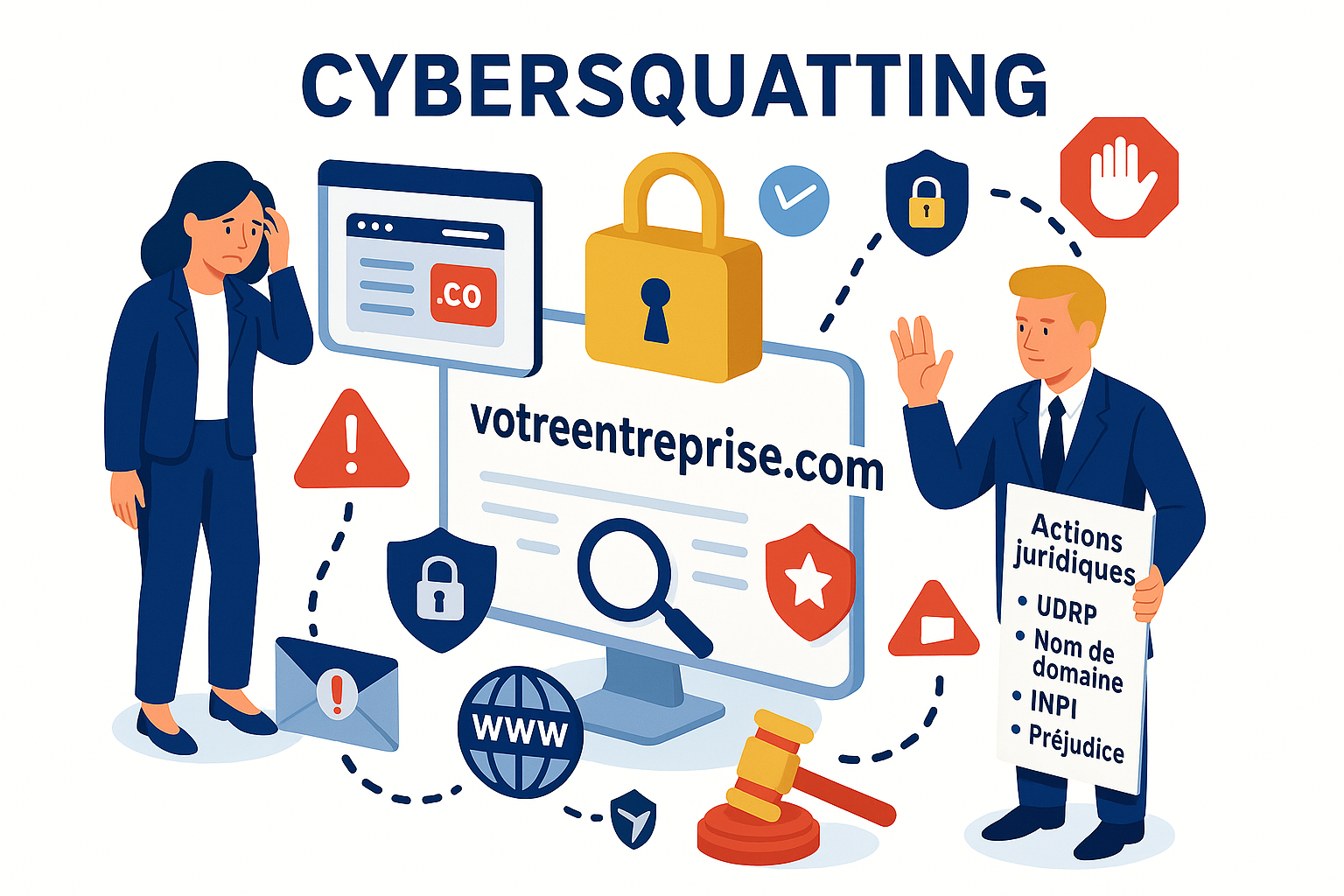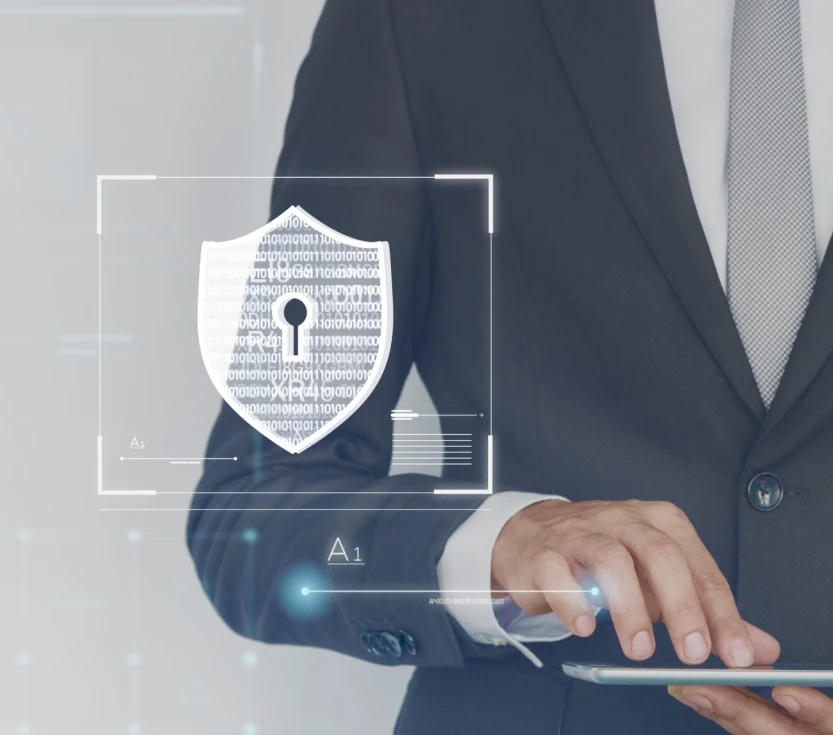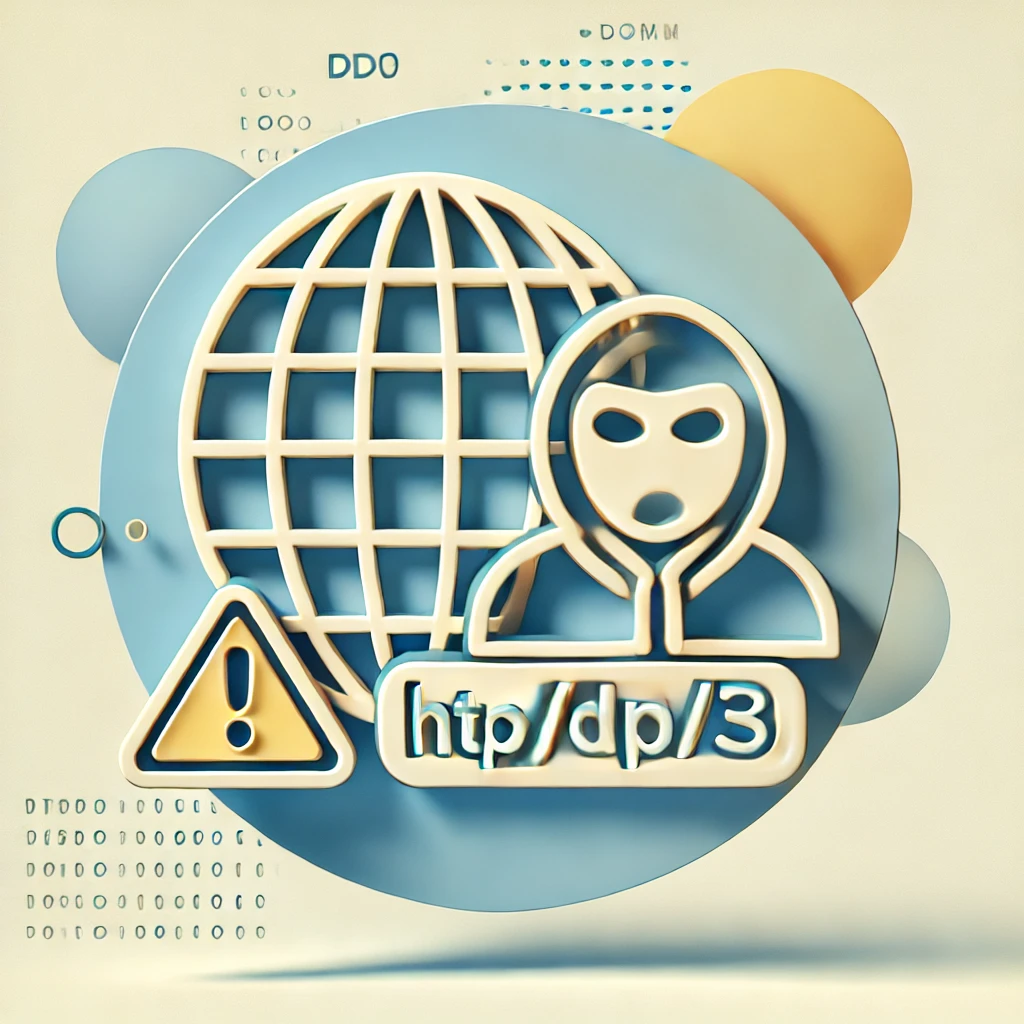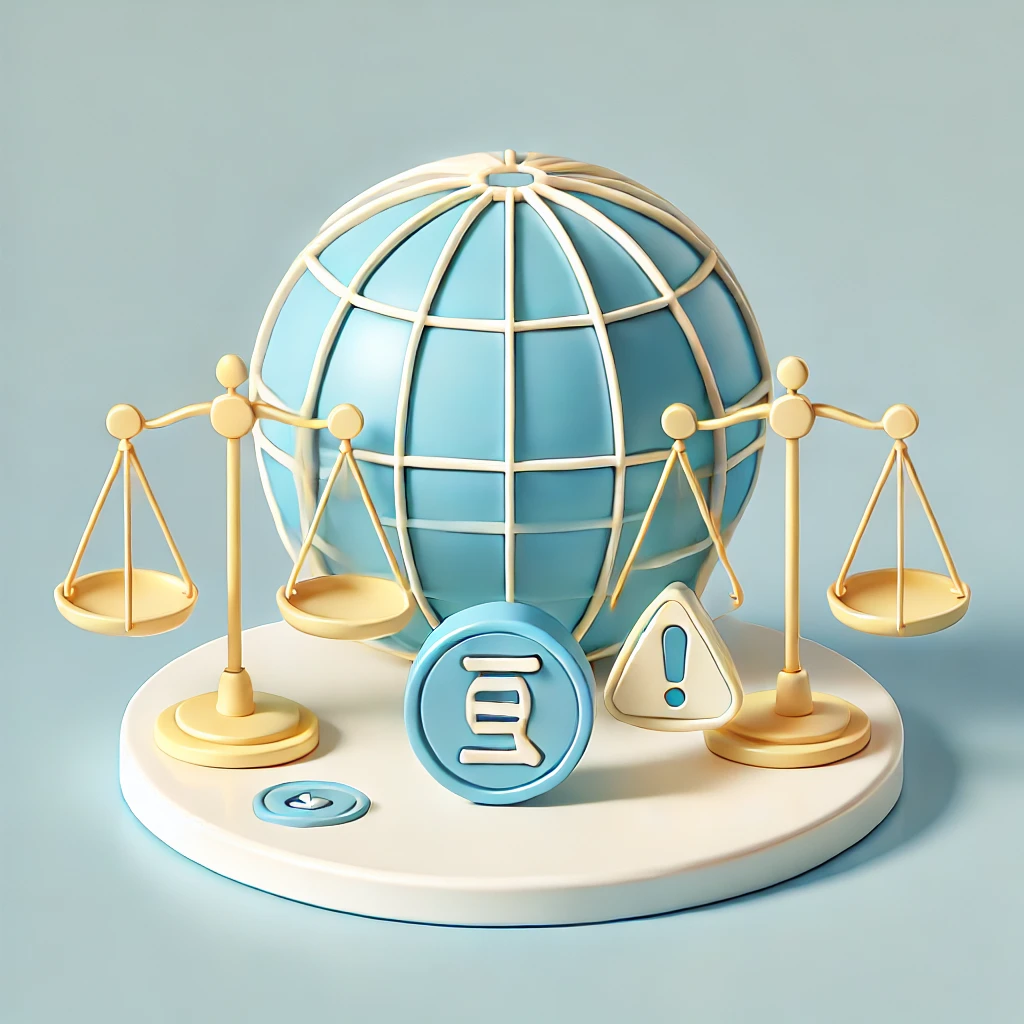
Cybersquatting: how can you protect your company against this growing threat?
In the digital ecosystem of 2025, a company's online presence has become its most important asset.
A solid domain name security strategy helps prevent usurpation and hijacking, protecting your data and ensuring the continuity of your business on the web.

Like intellectual property rights, domain names are crucial intangible assets that require careful legal protection.
A domain name attorney can help you navigate the protection of your assets.

Before taking any action, we will carry out an in-depth analysis of the rights associated with your trademark, in particular previous trademark registrations. This will enable us to determine the legal basis on which to claim the domain name.

We'll start by sending a formal notice to the current domain name holder, in my capacity as domain name attorney.
The purpose of this formal step is to inform them of your rights and request the return of the domain name.

If possible, we will enter into negotiations with the reserving party to discuss the purchase of the domain name, with the aim of finding an amicable solution.

If the negotiation is unsuccessful, we will continue with an extrajudicial procedure specific to the extension before the WIPO with my support as a domain name attorney. The aim of this procedure is to recover the domain name on the basis of your trademark rights. The WIPO procedure can take around 2 to 3 months.
Cybersquatting, the practice of registering or using an Internet domain name corresponding to a protected brand or denomination without being entitled to it, is taken very seriously by the legal authorities, and can result in severe penalties.
To prevent cybersquatting, it is advisable to implement protective measures as soon as the brand is created. These measures include proactive registration of domain names associated with the company, and ongoing monitoring of the use of domain names related to your brand. Such preventive steps are crucial to protecting your digital identity, and enable you to take more effective legal action against cybersquatters. We recommend that you enlist the help of a domain name attorney!

In the digital ecosystem of 2025, a company's online presence has become its most important asset.

The consequences of domain name usurpation are far-reaching: the domain name comes into play

Domain name disputes can be settled amicably or in court. Navigate
There are several strategies and actions that can be taken to effectively combat cybersquatting:
In conclusion, combating cybersquatting requires a proactive and strategic approach, combining prevention, surveillance and targeted legal action. Competent legal advice is essential to navigate these complex processes and effectively protect your online presence.
To protect your domain name effectively, here is a structured approach you can follow:
Availability check :
Reserve a :
Domain Name Legal Protection :
By following these steps, you can effectively secure and protect your domain name, while ensuring that you respect existing intellectual property rights and prevent potential disputes."
"An ".eth" domain name is a specific type of domain used in the context of the Ethereum blockchain and Web 3.0.
Here's how it works and why it's important:
Definition and Functionality :
Booking and Privacy :
New Extension for Authentication :
Protect a domain name is essential to guarantee your digital identity and continuity of your online business. A domain name reinforces your brand and improves your company's visibility on the Internet. Ignoring this protection can lead to cybersquattingwhere malicious third parties register similar names to take advantage of your reputation.
A domain name can also be subject to litigation, which can damage your reputation and result in high costs. The secure of a domain name allows you to control your online presence, optimize your referencing and protect your brand image.
Proactive protection of domain names helps avoid potential conflicts with other companies or individuals. It is therefore crucial to adopt a strategy for managing domain name that includes regular monitoring, early renewal and defensive registration of variations of your brand. By taking these steps, you ensure the longevity and security of your digital identity.
Choosing a domain name is a crucial step in establishing a solid online presence. It must be unique, easy to remember, and accurately reflect your brand or activity. Checking the availability of your domain name is essential to ensure that it hasn't already been taken. Use specialized tools to perform this check and avoid infringement of third-party rights.
The next step is to register the domain name requires particular attention to third-party rights and legal restrictions. It is important to ensure that the chosen name does not infringe on any trademarks or other intellectual property rights. By doing so, you can protect your domain name against potential disputes and conflicts.
To maximize protection, we recommend registering variations of your domain name including different extensions (.com, .net, .org, etc.). This secures your brand and prevent third parties from registering similar names.
The security of a domain name is an essential step in ensuring the long-term future of your online presence. The "first come, first served" rule means that the first to register a domain name becomes the owner. To avoid conflicts, it's crucial to regularly monitor your domain names and renew your registrations before they expire.
In the event of a dispute, there are several out-of-court procedures for settling disputes over domain namessuch as PARL, SYRELI (AFNIC) and UDRP (WIPO). These procedures enable disputes to be resolved quickly and efficiently, without the need for costly legal action. Proactive protection, including defensive registration and regular monitoring, is essential to securing your digital identity.
The litigation linked to domain names can arise when a third party registers a name similar to yours, which can result in financial loss and damage to your reputation. In such situations, legal proceedings may be necessary to recover or cancel a domain name. It is crucial to prove that the name in question infringes your trademark rights or that it was registered in bad faith.
The cybersquatting is a common practice in which individuals register domain names in order to resell them at a high price. To combat this, specific procedures such as the Uniform Domain-Name Dispute-Resolution Policy (UDRP) enable these disputes to be resolved efficiently.
To recover a domain name, it is often necessary to :
Consulting a lawyer is highly recommended to navigate these complex processes and ensure the protection of your digital identity.
Auditing domain names is an essential step in assessing their economic value and impact on your business. A complete audit allows you to identify and analyze all your domain names owned by your company, identifying opportunities for optimization and protection.
The economic value of a domain name depends on several factors, such as its relevance, potential traffic and notoriety. A domain name domain name can constitute an intangible intangible asset asset, reinforcing your brand and enhancing your online reputation.
In addition, an audit enables you to detect any weaknesses and take measures to strengthen the security of your domain namesdomain names, including defensive registrations and renewals of domain names domain names before they expire. By investing in a regular audit, you not only optimize the management of your digital assets, but also ensure the longevity of your online identity and your market positioning.
Protecting domain names is a crucial issue for any company wishing to secure its digital identity and maintain its online reputation. By carefully choosing your domain nameand protecting it against potential conflicts, you can ensure the longevity of your online presence. A regular audit and a proactive domain name are essential to avoid costly disputes and maximize the economic value of your digital assets.